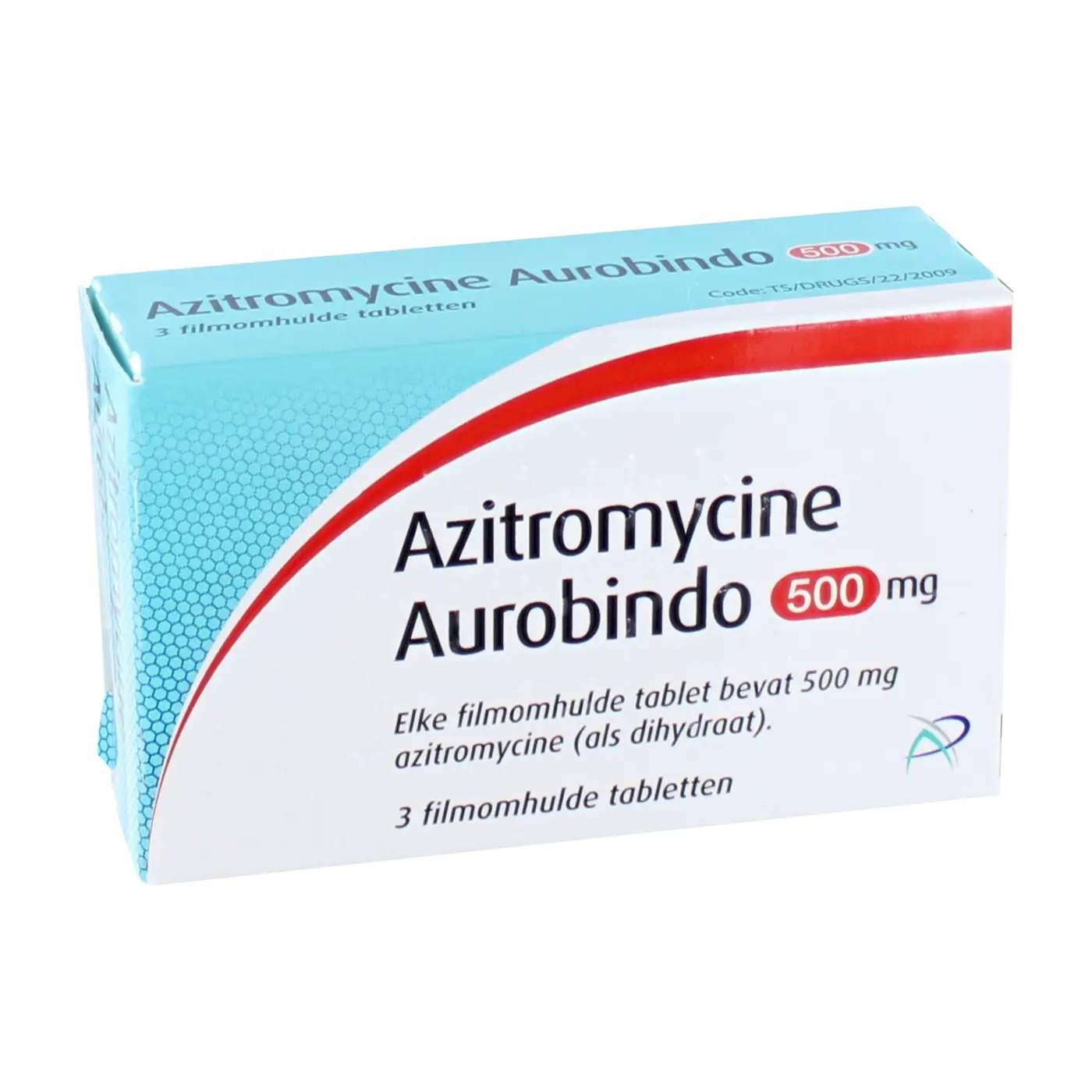Why Choose Azithromycin?
Effective Treatment: Azithromycin eye drops provide targeted relief from bacterial infections, minimizing systemic exposure. These drops are a convenient and effective way to treat common eye infections like conjunctivitis, offering a localized approach that reduces the risk of side effects associated with oral antibiotics.
Convenient Dosage: The drop format allows for easy self-administration, making it suitable for patients of all ages. The ease of use makes azithromycin eye drops a practical choice, especially for individuals who prefer to manage their own treatment or have difficulty adhering to complex dosing schedules.
Broad Spectrum Action: Azithromycin is effective against a wide range of bacteria commonly causing eye infections. This broad-spectrum activity makes azithromycin a versatile option for treating various ocular infections, providing relief and promoting faster healing.
Long-Lasting Effect: The extended half-life of azithromycin means fewer doses are typically required. This characteristic improves patient compliance and simplifies the treatment regimen, contributing to better outcomes and a more comfortable experience.
Targeted Relief: Azithromycin eye drops provide a localized approach, minimizing disruption to the body's natural flora. By targeting the infection directly, azithromycin helps to reduce the risk of antibiotic resistance and unwanted side effects associated with systemic medications.
Always follow your doctor’s instructions for the best results and safety.


